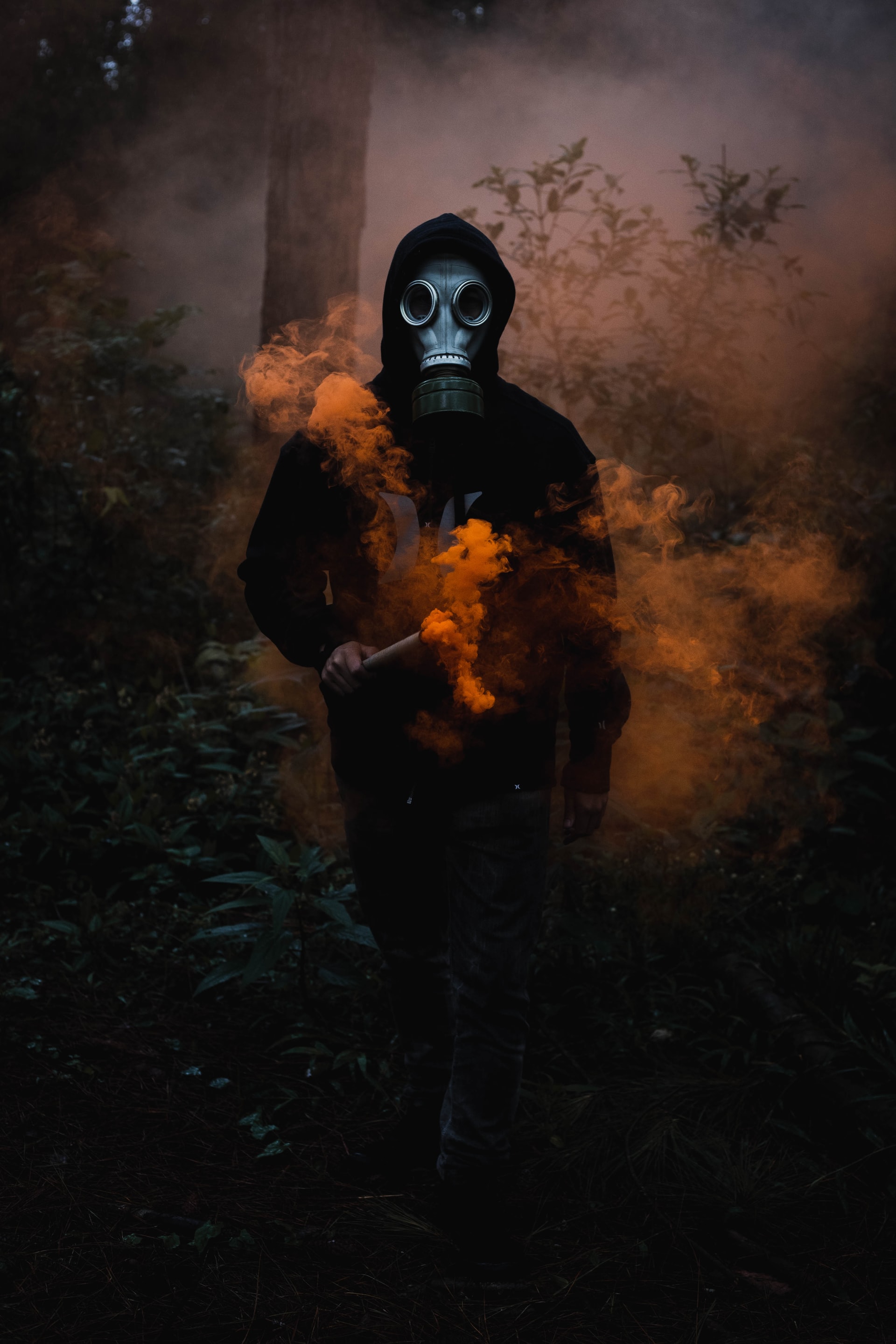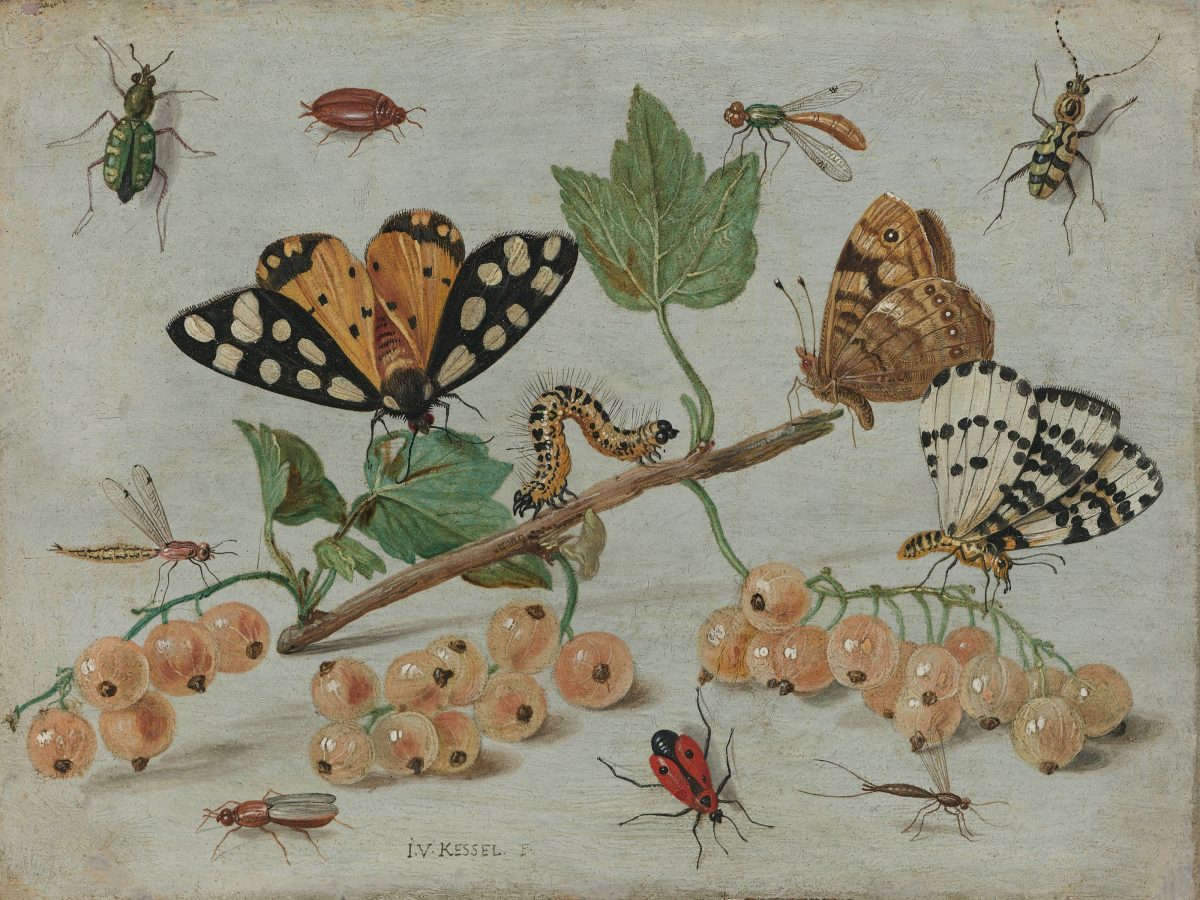The Great Chain of Being is a beguiling model of a God-ordained hierarchy in the universe. Popular with Elizabethans, headwaters in Plato and Aristotle, it puts God at the apex of creation, then descends, link by link, through angels, human beings, animals, insects and plants to brute physical matter. It is a powerful vision, humming with metaphorical potential – it buttressed the divine right of kings – and retains a certain gravitational pull, despite being entirely unsupported by any scientific data whatsoever.
It was reading Silent Earth that got me thinking about it again. Dave Goulson’s book meticulously describes the collapse of the world’s insect population. It’s grim, dis-consoling reading. Pesticides – particularly neonicotinoids – herbicides, ecosystem fragmentation: dark riders of a global ‘insect apocalypse’. The figures push the limits of belief. Members of the Krefeld Society have been trapping insects on nature reserves in Germany since the late 1980s. From 1989 to 2016 the biomass – the total weight – of insects caught in their traps fell by 75 per cent. In high summer, when insects in Europe are most active, the loss was a staggering 82 per cent. The study was imperfect, but research published two years later, again from Germany, confirmed the trend: over a ten-year period, grasslands lost two-thirds of their arthropod population – arthropod means ‘jointed-leg’ and includes insects, woodlice and spiders. In woodland it crashed by forty per cent. And this is in nature reserves, not out on the chemically-scorched farmlands.

Anecdote supports the data. A 70s car journey in the UK splattered the windscreen with insects. I remember their bodies clumped under the windscreen wipers and stippling the radiator. Not so much these days. Goulson, scientist to his fingertips, rightly points out that this might – just might – be because modern cars are more aerodynamic. Then again, a friend of mine recently drove from Brighton to the Isle of Harris in an old, bluff-fronted VW van – not a masterpiece of aerodynamics – and scarcely a dead insect to be seen. But science has to be slow and cautious.
When I was young, like a lot of children, I had mixed feelings about insects. Butterflies of course. Dragonflies? Marvellous. I loved the blurred whirr of a stag beetle in the dusk. I was fascinated by the ghost bodies of mayfly larvae that clung in their hundreds to the hull of our houseboat. I liked the fat-bellied spiders that crouched in the drain holes of the rubbing strake. Sometimes I poked them out and watched the fish rise to take them. I enjoyed flipping over rocks and paving stones to watch the light-startled panic of centipedes and woodlice. Sometimes they revealed ants’ nests – veinous networks full of hurrying black workers, their termini clustered with tiny white eggs. But in summer the mosquitoes came for me. If I left my bedroom hatch open for a breeze I’d be savaged – one night I was so badly bitten I couldn’t open an eye when I got up. Wasps were an uneasy fascination: playing with fire. I lived in dread of horseflies.

Insects were also alien – beyond the reach of anthropomorphism. Hard to imagine a children’s novel told from the viewpoint of a centipede. (Joseph K turning into that terrible beetle is surely the most perfect study of self-alienation ever fashioned.) Bees you could just about moralise – such good works, such doughty industry. Ants were impressive: the co-operation; the unthinking self-sacrifice. But you nonetheless felt their evolutionary distance. Compound eyes. Segmented bodies. Stings. Mandibles. Too many legs. As Kafka knew, they danced to a tune beyond the limits of human hearing.
Perhaps because insect lovers, like Goulson, are thin on the ground, the collapse in our insect population is mostly met with an indifferent shrug: apart from butterflies, what’s to miss? Questionable how many of us have noticed. But if the insects go, we pretty much go with them. The ecosystems on which we depend are supported by insects. Seventy-five per cent of the world’s food crops are pollinated by insects. They manage biological waste – including huge amounts of animal dung – and control other insect pests. They are essential for soil health and critical to global food chains. Although not often on western menus, insects are also a vital food source for many human populations. If they disappear, the world’s terrestrial ecosystems will collapse. The apocalypse will not be restricted to insects.

It is our dependence on insects that had me thinking again about the great chain of being. Not a hierarchy to be sure. Like the allied concept of ‘telos’ or purpose, hierarchy looks like a human construct, a human need projected onto an inscrutable universe. And perhaps ‘chain’ could better be replaced by web or network, something woven and weaving – but that we are bound to insects, that they help render our world habitable, is inescapable. We need to look at them again.



